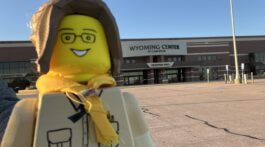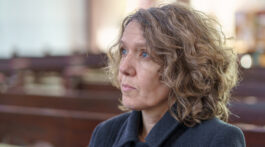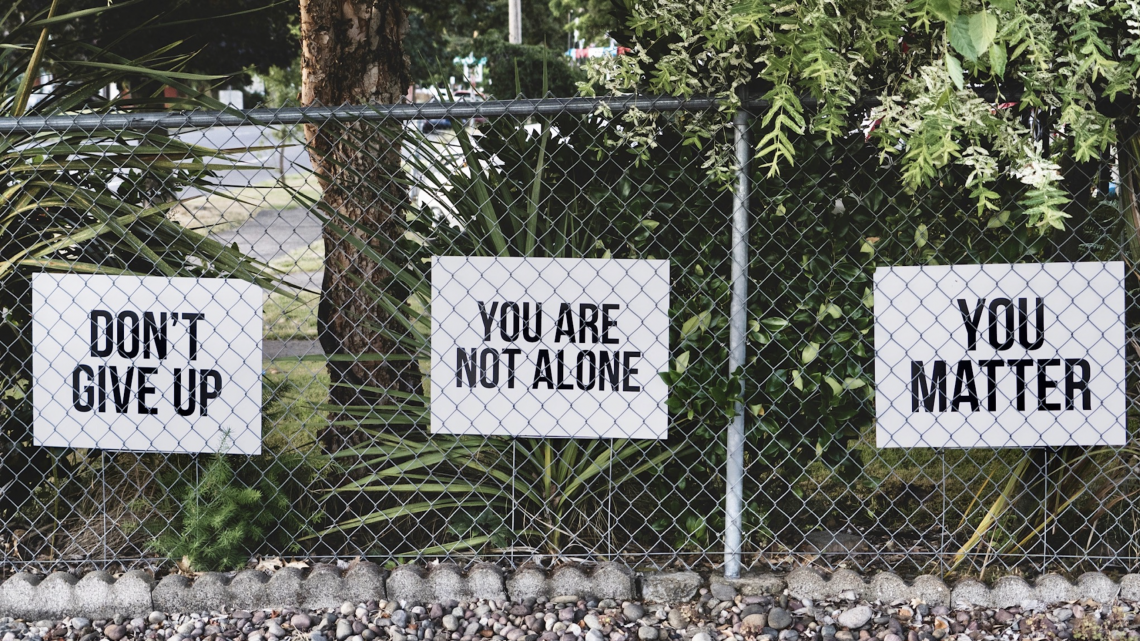Sitting in my usual spot for worship on Sabbath, March 7, the pastor gave the closing prayer, and while the worship team played, the pastor said, “Have a great week, everyone–see you here next Sabbath!”
However, the week that followed was anything but normal. We went to bed in a semi-normal world on Wednesday night, March 11, and woke up Thursday morning to a society and way of life that came to a screeching halt. Overnight, our schools and colleges were sending everyone home for an undetermined amount of time. Then the following Friday, many churches hastily canceled their services hoping to return in a few weeks.
Now, a couple months later, since our country hit the pause button on life, we as a group of faithful believers have transitioned our worship services to virtual gatherings on Facebook, YouTube and Zoom. Yet, through these virtual spaces, ministry is still happening; even though we can’t physically meet together in our church building, our sphere of influence has grown tremendously.
Shayne Vincent, pastor of the Casper church, says, “The amount of views sermons are getting online is intense … at least around 600-700 … when you are normally only getting 60-70 people showing up for a service.”
In fact, this new virtual meeting place gives the opportunity for witnessing to happen more easily. Instead of having to invite a neighbor to get in their car, drive across town, and sit in an unfamiliar place, all we have to do is look to the righthand corner of the screen and press “share now” and then let God use the video in our Facebook feeds.
We can’t give up this new way of reaching individuals for Christ, many pastors are now concluding. Throughout His life, Christ used the tools and techniques of first-century Israel to reach followers. So, in the 21st century many churches must also use modern-day methods—including technology—to reach others for Christ. When society resumes, we can’t let our online presence decrease. It must increase.
“The ease with which we reach people online is incredible, and it is so effective,” Vincent continued. “The traditional ways of doing evangelism need to be rethought.”
Eric Nelson, vice president of administration for the Rocky Mountain Conference, says, “We are learning that some people are glad to connect through media who would never set foot in the door of our church. Sharpening our methods to reach them will be a new challenge.”
Creativity has become increasingly important in reaching the community. From LifeSource Church holding youth drive-by parades of hope to Piñon Hills Church providing food for their community through their drive-in pantry, churches have become creative with their outreach efforts.
One new type of service takes you back to the time of drive-in theaters. However, this time it isn’t the latest Hollywood blockbuster at the drive-in, but a church event. Nathan Cranson, pastor of Montrose Church, where drive-in services are being held, said, “We are seeing some church members who haven’t been back for a while … people who members have invited to church for months and years who have never come are coming to the drive-in church.”
During this lockdown, one of the highlights of my day has been my local church, Littleton, where we provide nightly online worships at 7 pm. This is something the church didn’t do prior to the pandemic; however, in the post-COVID-19 world, it has to continue. Every night, people are turning off their TVs and video games to listen to an interactive family worship from the church.
As the world slowly starts to resume, we as Christians are faced with questions about how to reopen our churches. Will we be tempted to go back to business as usual or will we reopen with vigor and an energy never witnessed before in our faith?
“Certainly, this has taught us that these tools are not going away,” Nelson says. “They will be used more and more. They have been a tremendous help and can be used even more in the future. But that will require us to adapt in many other ways to still create community.”
The methods we use to reach individuals with the love of Jesus may change. However, the need for a group of loving Christians to reach the community in their time of need remains the same.










